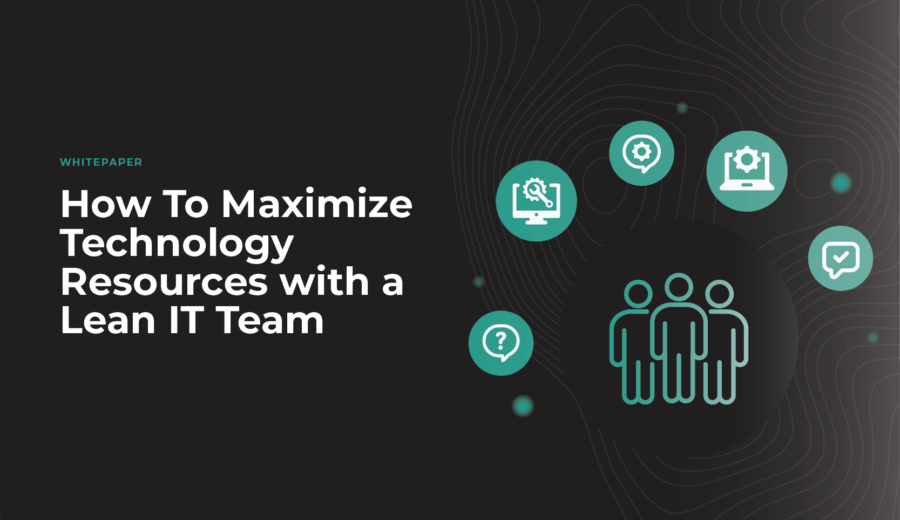With the constant evolution and innovation in the technology world, businesses need to continually upgrade and modernize their IT infrastructure to stay competitive in today’s markets. This modernization is typically referred to as “digital transformation.”
What is Digital Transformation?
Digital transformation refers to the strategic adoption and integration of digital technologies and processes across all facets of an organization to drive fundamental changes in how it operates and delivers value to customers. It encompasses a wide array of initiatives, including but not limited to the implementation of cloud computing, artificial intelligence, data analytics, and automation. At its core, digital transformation is about harnessing the power of technology to enhance efficiency, agility, and innovation, thereby enabling organizations to thrive in the digital age.
Digital Transformation Benefits
In today’s hyper-connected world, where customer expectations are constantly evolving and market dynamics are increasingly volatile, businesses that fail to embrace digital transformation risk falling behind their more agile and digitally-savvy competitors.By leveraging digital technologies to streamline operations, optimize processes, and deliver personalized experiences, organizations can gain a competitive edge, drive growth, and future-proof their businesses against disruptions.
Common Digital Transformation Challenges
Despite its potential benefits, digital transformation is not without its challenges. From legacy systems and siloed data to resistance to change and cultural inertia, organizations often encounter numerous hurdles along their digital transformation journey. Navigating the complex landscape of digital technologies and selecting the right tools and solutions can be daunting, leading to implementation delays, cost overruns, and suboptimal technology usage. Without a clear roadmap and effective technology governance framework in place, many digital transformation programs falter or fail to deliver the expected results.
Maximizing Enterprise Digital Transformation with Technology Expense Management
Enterprises embarking on a digital transformation journey must not overlook the importance of managing their technology expenses effectively. As organizations invest heavily in adopting and scaling digital technologies, it becomes critical to track and optimize these expenditures to ensure maximum value and minimize financial risks. This is where a technology expense management (TEM) solution comes into play.
A TEM solution provides organizations with the visibility, control, and insights needed to optimize their spending across the entire technology lifecycle, from procurement and provisioning to usage and disposal. By centralizing the management of technology expenses and automating processes such as invoice validation, contract compliance, and vendor management, TEM enables organizations to identify cost-saving opportunities, eliminate billing errors, and optimize their technology environment.
A robust managed technology solution goes beyond cost containment and empowers organizations to align their technology investments with their strategic objectives and business priorities. By providing actionable insights into usage patterns, performance metrics, and ROI, TEM enables informed decision-making and enables organizations to invest in technologies that drive innovation, enhance productivity, and deliver tangible business value.
Implementing a Successful Digital Transformation Program
Digital transformation is not just a one-time modernization endeavor. It’s a decision to take a holistic approach to your IT infrastructure strategy that allows you to better serve your customers and manage your organization’s technology needs. By integrating a technology expense management solution into your digital transformation strategy, your organization can unlock new opportunities for growth, innovation, and competitive advantage.
Want to implement a successful digital transformation strategy and seize the opportunities of the digital age? Learn how a managed technology solution can help you optimize your technology environment and implement a successful digital transformation strategy.



